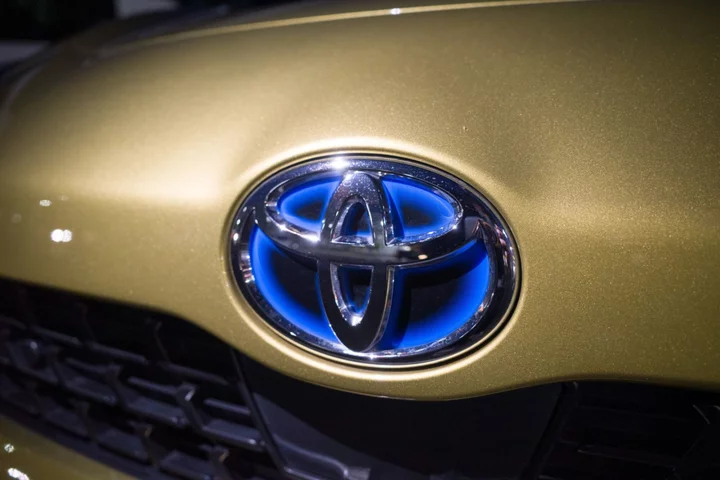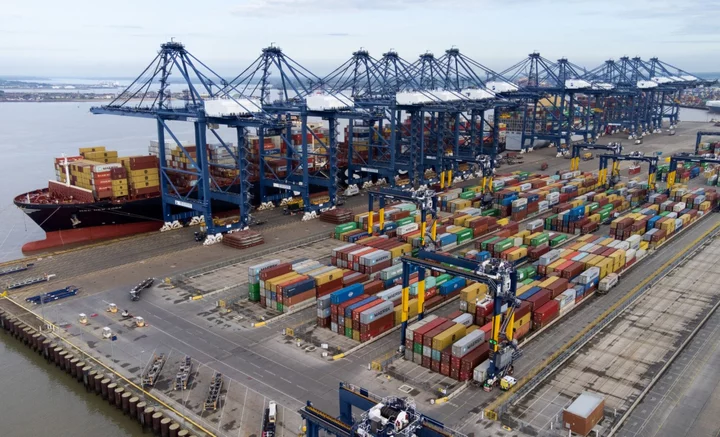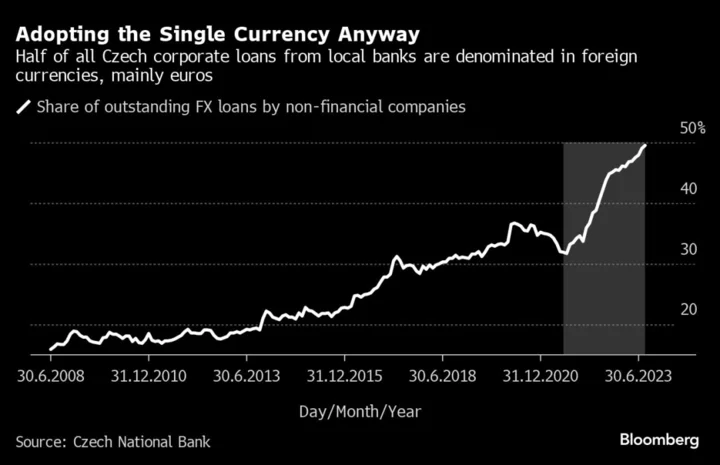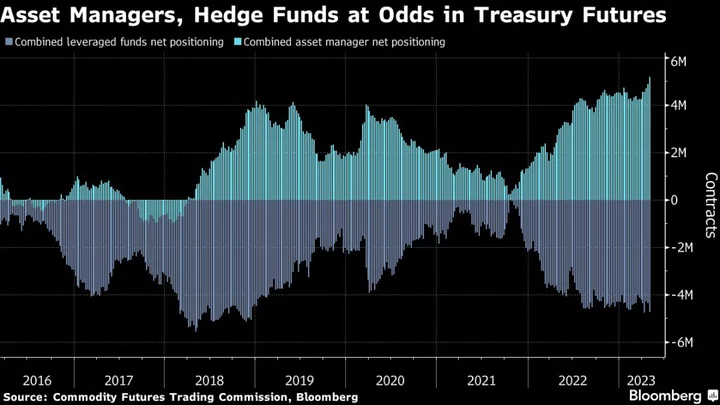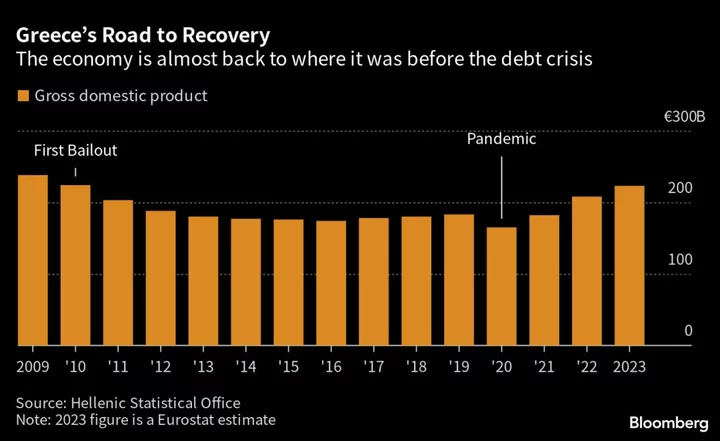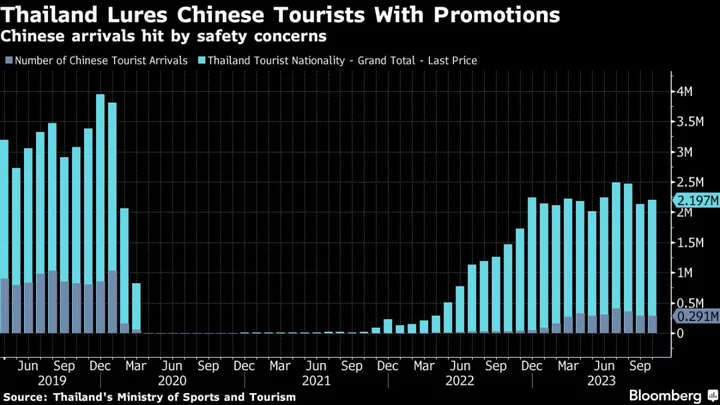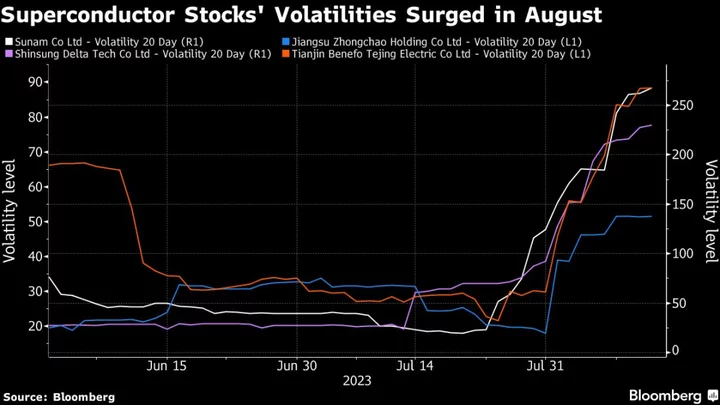Toyota Motor Corp. forecast profit for the current fiscal year in line with analysts’ projections, as new Chief Executive Officer Koji Sato seeks to deliver on his pledge to rapidly expand electric vehicle production.
Toyota shares rose as much as 1.8% after the company announced plans to buy back as much as ¥150 billion ($1.1 billion) of its own shares.
The world’s largest carmaker issued an outlook for operating profit of ¥3 trillion for the period through March 2024, inline with analysts’ prediction. Toyota said net sales are on track to reach ¥38 trillion, compared with some ¥38.1 trillion the market is looking for.
Sato, who ran the Lexus luxury-car division before taking over from Akio Toyoda in April, will oversee Toyota’s transition into an era of electrification, where Tesla Inc. and China’s BYD Co. have taken the lead. At the same time, he will have to keep production intact while shortages persist for parts and semiconductors.
“The company appointed a new CEO so guidance will probably be conservative and focus on increased income and profit,” said Hiroki Ihara, analyst at Tachibana Securities Co. “Many issues persist but there aren’t as many negatives as the previous quarter, plus the price of components is normalizing and Toyota has the production units to absorb fixed expenses.”
Sato promised in April that by 2026, Toyota will sell 1.5 million battery-based EVs a year and roll out 10 new models — ambitious targets given that BEVs accounted for 24,400 of the 9.5 million cars it sold worldwide in 2022.
At the same time, Sato is sticking to his predecessor’s strategy of spreading Toyota’s bets across multiple technologies, including hybrid cars and hydrogen fuel, as well as BEVs. Efforts to eliminate fossil fuels and mitigate climate change hinge on the decarbonization of gargantuan manufacturers such as Toyota, Japan’s largest employer.
Read more: Japan Studying Plan For EV Firms to Detail Battery Emissions
For the fiscal year ended March, Toyota reported operating profit of ¥2.7 trillion, exceeding analysts’ projection for ¥2.63 trillion and its own conservative forecast of ¥2.4 trillion. Sales rose 18% to ¥37.2 trillion, compared with analysts’ prediction for ¥36.4 trillion.

